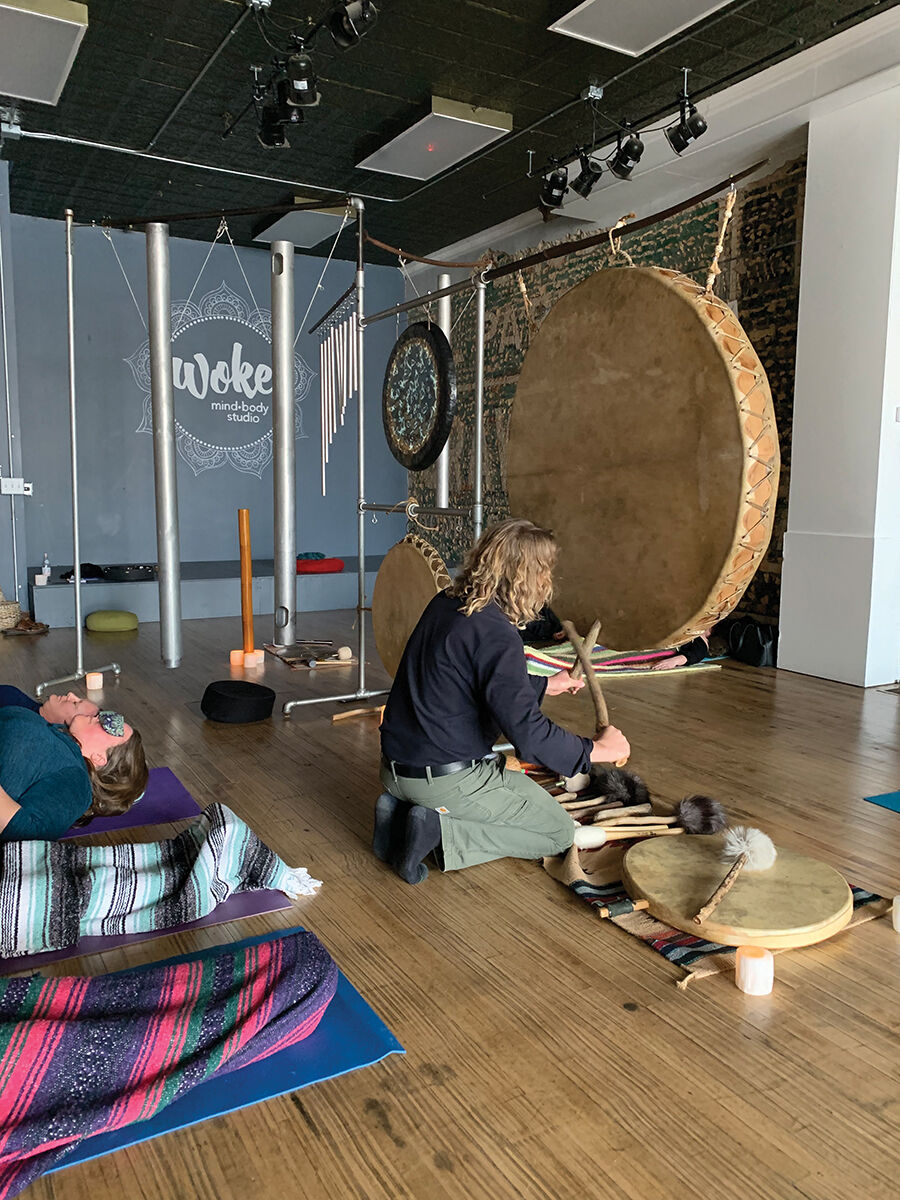

- #PERCUSSION STUDIO V3.0 MANUALS#
- #PERCUSSION STUDIO V3.0 MANUAL#
- #PERCUSSION STUDIO V3.0 PORTABLE#
- #PERCUSSION STUDIO V3.0 SOFTWARE#
Modern Hammond-Suzuki models use waterfall keys. The M series of spinets also had waterfall keys (which has subsequently made them ideal for spares on B-3s and C-3s ), but later spinet models had "diving board" style keys which resembled those found on a church organ. Early Hammond console models had sharp edges, but starting with the B-2, these were rounded, as they were cheaper to manufacture. In contrast to piano and pipe organ keys, Hammond keys have a flat-front profile, commonly referred to as "waterfall" style.
#PERCUSSION STUDIO V3.0 MANUAL#
The keys on each manual have a lightweight action, which allows players to perform rapid passages more easily than on a piano. No difference in volume occurs regardless of how heavily or lightly the key is pressed (unlike with a piano), so overall volume is controlled by a pedal (also known as a "swell" or "expression" pedal). Each is laid out in a similar manner to a piano keyboard, except that pressing a key on a Hammond results in the sound continuously playing until it is released, whereas with a piano, the note's volume decays.
#PERCUSSION STUDIO V3.0 MANUALS#
As with pipe organ keyboards, the two manuals are positioned on two levels close to each other. Most Hammond organs have two 61-note (five- octave) keyboards called manuals.

Unlike an American Guild of Organists pedalboard, a console Hammond normally has 25 pedals.
#PERCUSSION STUDIO V3.0 SOFTWARE#
The sound of a tonewheel Hammond can be emulated using modern software such as Native Instruments B4.
#PERCUSSION STUDIO V3.0 PORTABLE#
Companies such as Korg, Roland, and Clavia have achieved success in providing more lightweight and portable emulations of the original tonewheel organs. Hammond-Suzuki continues to manufacture a variety of organs for both professional players and churches. This culminated in the production of the "New B-3" in 2002, a recreation of the original B-3 organ using digital technology. The Hammond name was purchased by the Suzuki Musical Instrument Corporation, which proceeded to manufacture digital simulations of the most popular tonewheel organs.

These organs were less popular, and the company went out of business in 1985. In the 1970s, the Hammond Organ Company abandoned tonewheels and switched to integrated circuits. Jimmy Smith's use of the Hammond B-3, with its additional harmonic percussion feature, inspired a generation of organ players, and its use became more widespread in the 1960s and 1970s in rhythm and blues, rock, reggae, and progressive rock. Jazz club owners found that organ trios were cheaper than hiring a big band. It quickly became popular with professional jazz musicians in organ trios, small groups centered on the Hammond organ. The organ was originally marketed by the Hammond Organ Company to churches as a lower-cost alternative to the wind-driven pipe organ, or instead of a piano. The organ is commonly used with the Leslie speaker.Īround two million Hammond organs have been manufactured. Until 1975, Hammond organs generated sound by creating an electric current from rotating a metal tonewheel near an electromagnetic pickup, and then strengthening the signal with an amplifier to drive a speaker cabinet. Multiple models have been produced, most of which use sliding drawbars to vary sounds. The Hammond organ is an electric organ invented by Laurens Hammond and John M. Vibrato, chorus, reverb, harmonic percussionĢ × 61-note manuals, 25-note pedals (consoles)Ģ × 44-note manuals, 13-note pedals (spinets)Īmphenol connector to Hammond Tone Cabinet or Leslie speaker


 0 kommentar(er)
0 kommentar(er)
